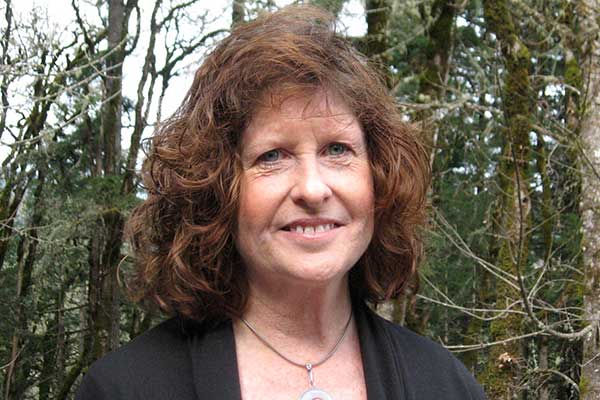By the late 1980s, extensive research provided empirical evidence for what many museum professionals had observed informally in their galleries for years. The largest percentage of visitors to most museums, generally between 60-70%, were visiting in family groups (e.g., Diamond, 1986; Dierking, 1987, 1989; Dierking & Falk, 1994; Hensel, 1987; Hilke, 1989; McManus, 1987; Rosenfeld, 1979, 1980; Taylor, 1986). This research supported related work in psychology, anthropology and sociology, which recognized the family as the first and foremost learning institution, a unique learning group of mixed ages and backgrounds bound together by a complex set of shared experience, beliefs, and values. Given that families are a major audience of museums it seems important to understand and support their learning. Subsequent research also demonstrates that what happens in the home and community is as critical to a person’s success as schooling, if not more so, thus suggesting that museums have an opportunity to play an important role in supporting lifelong learning in their communities. After all, less than 1% of a person’s life is spent participating in formal instruction and even children spend 91% of their waking hours outside of school.
Demand for Learning Opportunities within Leisure Activity is Growing
As our society transitions into a Learning Society, with learning rapidly becoming the number one industry and leisure activity and opportunities for learning available 24 – 7 – 52 – 80+, museums are positioned well as settings in which families can learn and build identity together. Like the institution of the family, museums are first and foremost learning institutions and one of the contexts in which people learn to be free-choice learners. Family learning represents a special form of free-choice learning and increasingly is a way that many families choose to spend a portion of their leisure time together. Research also indicates that visiting museums as a child with one’s family correlates more highly with adult use of museums than visiting these institutions with a school group. This further emphasizes the importance of the family audience, both in the here and now, but also as a mechanism for building future audiences.

Museum Visits are Viewed as Educational and Fun
My research has unearthed a wide range of factors that influence family learning. First, families visit museums with different expectations, cultural backgrounds, interest levels, belief systems, life experiences and leisure habits. The visit is viewed by most families as an educational opportunity (with some anticipation of entertainment also—fortunately most families do not distinguish between fun and learning!). The visit is also an important social outing for the multi-generational group (and fortunately we know learning is as much about these social/cultural dimensions as it is facts). All of these factors influence the visitors’ interaction with the exhibition and program material and in turn, impact how they respond to the accompanying members of their family. We also know that how they make meaning of these experiences is complex. Some families will take time to talk and explore a topic while in the gallery, while others will wait until the ride home or two weeks later to discuss it over dinner. Although I can not say exactly what triggers a family to interact and become engaged in a museum, there are studies and projects primarily from science and children’s museums that have isolated some of the elements or catalysts for interaction and conversation, the foundation for family learning and collaboration in any institution.
